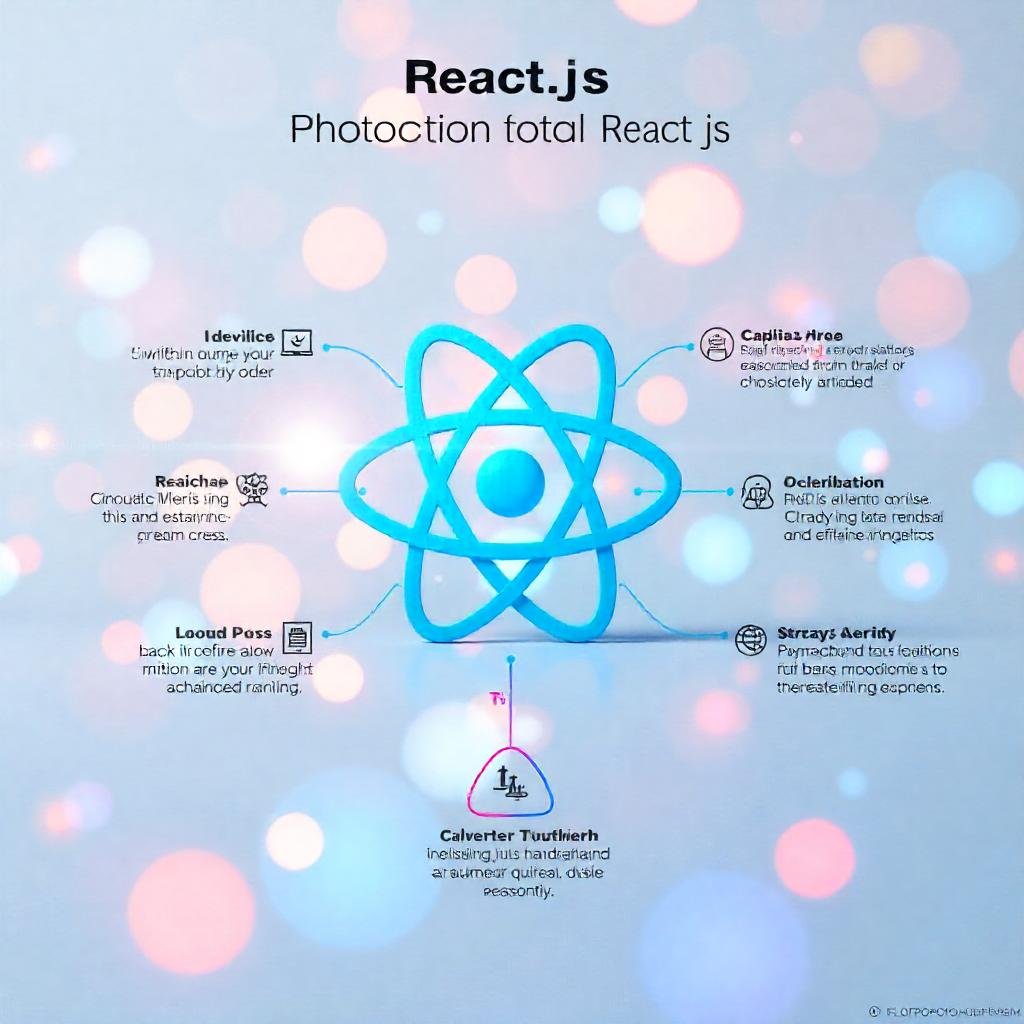Introduction to React.js and Its Significance
React.js, developed by Facebook, has revolutionized the way developers build user interfaces. Its component-based architecture allows for the creation of dynamic, high-performance web applications that are both efficient and easy to maintain.
Key Features of React.js:
Component-Based Architecture: React’s component system allows developers to build reusable UI components, which can be easily managed and updated without affecting the entire application.
Virtual DOM: React uses a virtual DOM to optimize rendering. Instead of updating the entire DOM with each change, React only updates the parts that need to be changed, resulting in faster performance.
Strong Community Support: With a large community of developers, React offers extensive resources, libraries, and tools, making it easier to find solutions and share knowledge.
Use Cases and Examples of Successful React.js Websites
Prominent companies like Airbnb, Netflix, and Facebook utilize React.js to enhance user experience through fast-loading interfaces and seamless navigation. These case studies demonstrate how React can be used to build complex applications that remain responsive and user-friendly.
How React.js Enhances User Experience
By allowing for smooth transitions and interactions, React.js significantly improves user satisfaction. Features like lazy loading and code splitting enhance performance, keeping users engaged and reducing bounce rates.
Choosing React.js for your web project not only ensures a modern approach to development but also positions your application for scalability and performance. Whether you are building a single-page application or a comprehensive web platform, React.js offers the tools needed to succeed.


